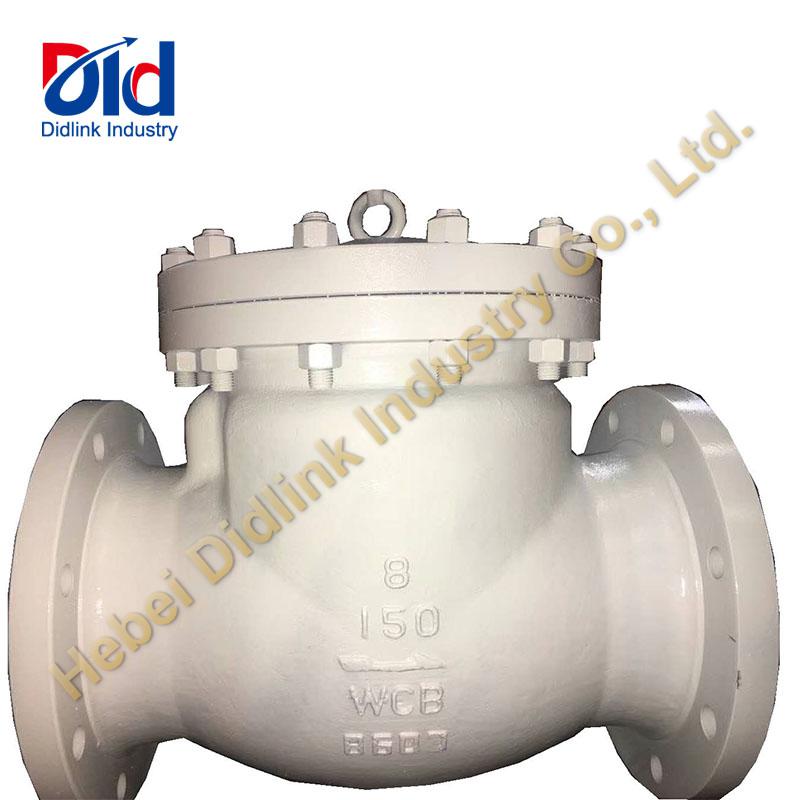Check Valve Function and Operation

Most check valves are made with a body, seat, disc, and cover. Other types of check valves may come with additional parts like a spring, ball, stem, or hinge pin depending on their design.
Check valves are controlled based on a system’s flow velocity. Once the system reaches the cracking pressure or the minimum upstream pressure needed for the valve to operate, the disc will lift and allow the fluid to pass through. If the fluid pressure decreases or if the flow direction starts to reverse, the disc will automatically close the valve to keep fluid from flowing through. This helps to prevent backflow.
Since check valves rely on the pressure and flow velocity of the fluid in the system to operate, they can usually work without any automation or human interaction. With that said, check valves aren’t typically designed with any form of exterior operation mechanisms like a lever or handle.

 JACKY
JACKY